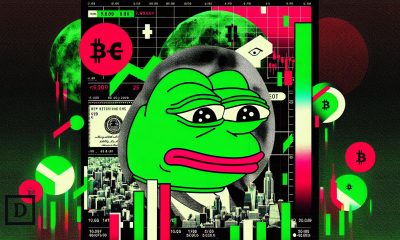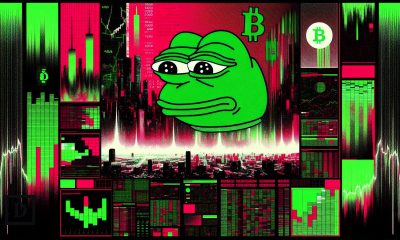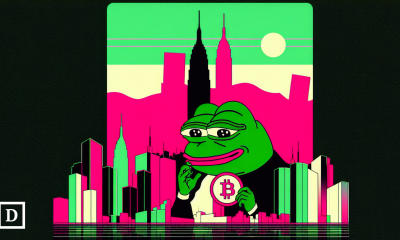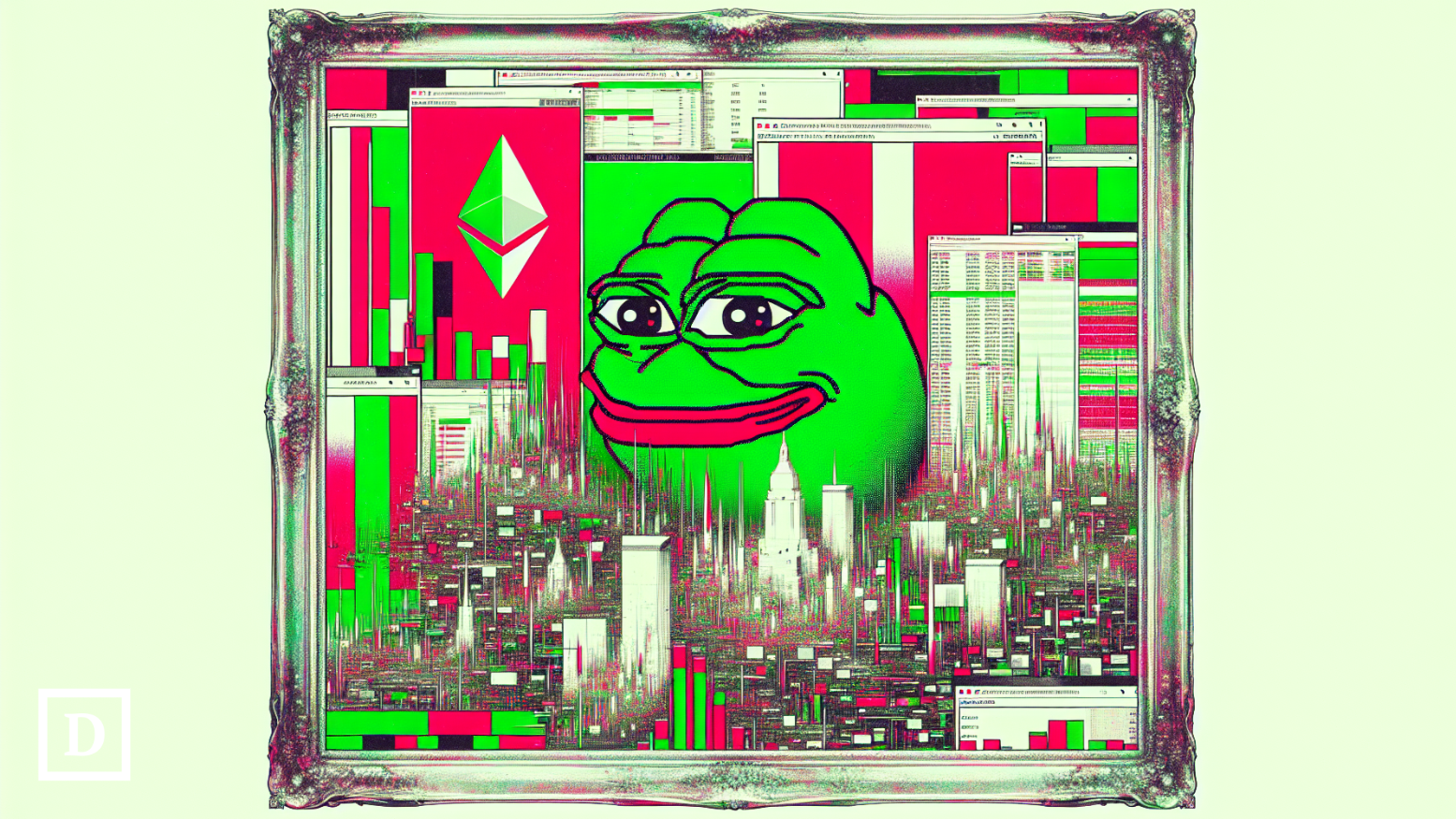
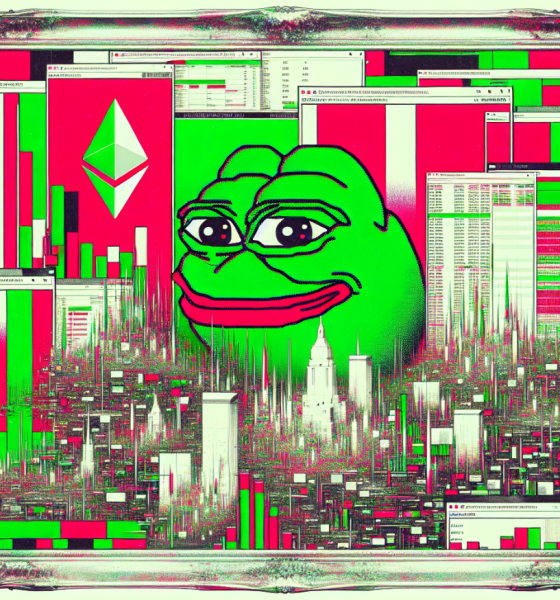
De-fi
Fidelity Frames ETH as Money and Ethereum as a Digital Economy in New Report – Crypto News
Fidelity compares Ethereum’s network growth and activity to a real-world economy.
Fidelity, the third-largest asset manager in the U.S. with $5.9 trillion of assets under management, said in a report that native blockchain currencies serve as a unit of account and medium of exchange of a network, similar to the function currencies have in nations.
The report specifically looks at Ethereum (ETH) as an example, proposing that ETH acts like base money used to pay for transactions and secure the network. It also outlines how blockchain activity can be measured like a country’s gross domestic product (GDP).
“It is more appropriate to compare decentralized blockchains to sovereign nations and their economies rather than web2 companies or products because of the embedded currency,” report authors Paul Lang and Anais Rachel wrote.
Classic Economic Framework
Fidelity applies a classic economic lens using consumption, investment, government spending, and net exports, to quantify blockchain economic activity.
Gas fees, application revenue, NFT sales are used to measure consumption. Government spending is equivalent to grants and ETH issuance for network security. Investments are analogous to staking and liquidity into DEX pools. Net exports are measured in cross-chain activity.
Since 2018, the report notes, citing data from Artemis that Ethereum has recorded increased usership in terms of active wallets and associated transactions. As of 2025, daily active addresses hover just above 2.5 million, while ecosystem transactions near 20 million. Moreover, as of 2024, ETH made up 74% of trading volume on Ethereum decentralized exchanges (DEXs), up from 68% in 2023, per Flipside data.
Resiliency Via Many Industries
Fidelity says this mix of activity is similar to how a country’s economy depends on multiple industries, not just one. Specifically, the report notes that 47% of Ethereum’s network fees come from finance-related apps, 25% from trade, 22% from other categories, and 6% from arts and entertainment. This sector diversity, Fidelity argues, helps make Ethereum’s digital economy more stable and resilient.
To make its point, Fidelity described a scenario between two theoretical countries with equal GDP: “Country A is entirely reliant on producing a singular good (such as textiles) whereas Country B demonstrates economic output across 10 different industries,” the report reads. “Clearly, the economy of Country B would be more resilient to negative growth surprises from any one industry. Similarly, diversified demand to register activities on a blockchain provides for a more robust digital economy.”
ETH Value Set by Activity
Fidelity’s report also explains that blockchain assets like ETH get their value from people using them to access services. But unlike regular money, ETH’s value isn’t controlled by central banks or credit. It’s set by how active the network is and by people helping run and secure it.
“Ethereum’s design allows for a direct relationship between economic activity and net issuance and impacts all ETH holders regardless of whether they are stakers,” the report reads. It further notes that while blockchains vary in design, this digital economy framework can apply across different networks.
“Digital economies and their associated currencies allow investors to diversify their store-of-value exposures while participating in growth of the local economy,” the report concludes. “As within traditional economies, some of these currencies offer better store-of-value characteristics and others better growth potential.”
At the time of publishing, ETH, the second-largest crypto asset by market cap, is up nearly 6% on the day, trading around $2,968 after breaking above $3,020 earlier this morning.
-
others1 week ago
Japan Foreign Investment in Japan Stocks up to ¥528.3B in December 12 from previous ¥96.8B – Crypto News
-

 Technology1 week ago
Technology1 week agoOnePlus 15R vs Pixel 9a: Which phone is the best buy under ₹50,000? Display, camera, processor and more compared – Crypto News
-

 Blockchain1 week ago
Blockchain1 week agoThis Week in Stablecoins: Winning the Back Office – Crypto News
-

 Technology6 days ago
Technology6 days agoApple iPhone 16 price drops to ₹40,990 in Croma’s Cromtastic December Sale: How the deal works – Crypto News
-

 Technology6 days ago
Technology6 days agoApple iPhone 16 price drops to ₹40,990 in Croma’s Cromtastic December Sale: How the deal works – Crypto News
-
Business6 days ago
XRP Holders Eye ‘Institutional Grade Yield’ as Ripple Engineer Details Upcoming XRPL Lending Protocol – Crypto News
-
Business7 days ago
DOGEBALL Presale: A Boost to Bring P2E Games Back into the Spotlight – Crypto News
-

 Technology6 days ago
Technology6 days agoApple iPhone 16 price drops to ₹40,990 in Croma’s Cromtastic December Sale: How the deal works – Crypto News
-

 others1 week ago
others1 week agoAustralian Dollar loses as US Dollar advances before Michigan Sentiment Index – Crypto News
-
others6 days ago
XRP Holders Eye ‘Institutional Grade Yield’ as Ripple Engineer Details Upcoming XRPL Lending Protocol – Crypto News
-
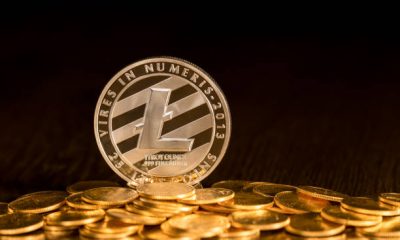
 Blockchain6 days ago
Blockchain6 days agoLitecoin Follows Bitcoin’s Momentum, But Resistance Looms At $79.60 – Crypto News
-

 Technology6 days ago
Technology6 days agoApple iPhone 15 price drops to ₹36,490 in Croma Cromtastic December Sale: How the deal works – Crypto News
-

 Blockchain1 week ago
Blockchain1 week agoBlockchain’s Institutional Future Is Private and Permissioned – Crypto News
-
Business7 days ago
125 Crypto Firms Mount Unified Defense as Banks Push to Block Stablecoin Rewards – Crypto News
-

 Blockchain6 days ago
Blockchain6 days agoCrypto Market Sentiment Not Fearful Enough For Bottom: Santiment – Crypto News
-
Business7 days ago
Ethereum Faces Selling Pressure as BitMEX Co-Founder Rotates $2M Into DeFi Tokens – Crypto News
-

 Blockchain6 days ago
Blockchain6 days agoCrypto Market Sentiment Not Fearful Enough For Bottom: Santiment – Crypto News
-

 Technology5 days ago
Technology5 days agoSamsung Galaxy S25 Ultra price drops to ₹69,999 at Croma Cromtastic December Sale? Here’s how the deal works – Crypto News
-
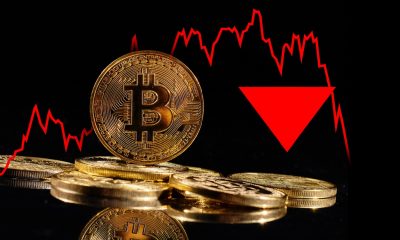
 Blockchain1 week ago
Blockchain1 week agoBitcoin on Track For 4th Annual Decline Despite Crypto Adoption – Crypto News
-
Business1 week ago
Bitcoin Price Alarming Pattern Points to a Dip to $80k as $2.7b Options Expires Today – Crypto News
-
Technology7 days ago
Michael Saylor Sparks Debate Over Bitcoin’s Quantum Risk as Bitcoiners Dismiss It as ‘FUD’ – Crypto News
-

 Blockchain6 days ago
Blockchain6 days agoLitecoin Follows Bitcoin’s Momentum, But Resistance Looms At $79.60 – Crypto News
-

 Cryptocurrency5 days ago
Cryptocurrency5 days agoKey Drivers & Technical Outlook – Crypto News
-

 others5 days ago
others5 days agoBillionaire Ray Dalio Says Bitcoin Has Problems, Calls Crypto Asset Inferior to Gold – Crypto News
-
Metaverse1 week ago
How companies are using AI to squeeze more from your wallet – Crypto News
-

 Cryptocurrency1 week ago
Cryptocurrency1 week agoWhy quantum computing is becoming a real concern for Bitcoin – Crypto News
-
Business1 week ago
Breaking: VanEck Discloses Fees and Staking Details for its Avalanche ETF – Crypto News
-
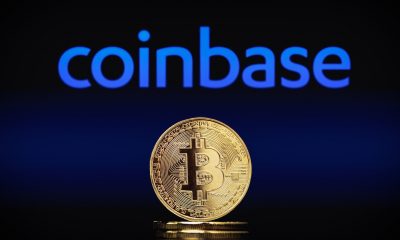
 Blockchain1 week ago
Blockchain1 week agoCoinbase Launches Service to Help Businesses Create Tokens – Crypto News
-

 Cryptocurrency1 week ago
Cryptocurrency1 week agoBTC at $143K, ETH above $4000: Citi issues bullish price forecasts as crypto market continues to struggle – Crypto News
-
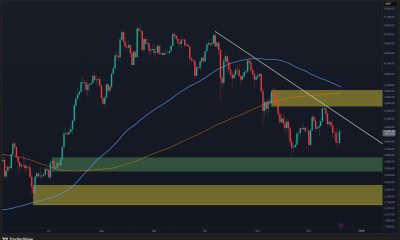
 Cryptocurrency7 days ago
Cryptocurrency7 days agoIs ETH Ready for Sustained Recovery or Another Rejection Looms? – Crypto News
-
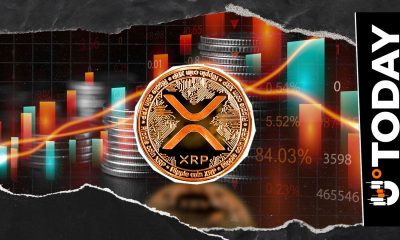
 Cryptocurrency6 days ago
Cryptocurrency6 days agoXRP Could Add Zero If Rally Is Short-Lived – Crypto News
-

 Cryptocurrency5 days ago
Cryptocurrency5 days agoCrypto Game Crashouts: The Biggest Shutdowns in 2025 – Crypto News
-

 Technology5 days ago
Technology5 days agoSam Altman teases ChatGPT Christmas Easter egg that turns your selfie into a Santa message: How it works – Crypto News
-
Technology5 days ago
Canary Capital Announces Major Changes to Its SUI ETF – Crypto News
-

 Blockchain1 week ago
Blockchain1 week agoMastercard, BlackRock Join Middle East-Focused Blockchain Effort – Crypto News
-

 Technology1 week ago
Technology1 week agoFrom chibi to plushie: 7 Must-try AI portraits you can create with GPT Image 1.5 – Crypto News
-

 Technology1 week ago
Technology1 week agoFrom chibi to plushie: 7 Must-try AI portraits you can create with GPT Image 1.5 – Crypto News
-

 Metaverse1 week ago
Metaverse1 week agoAI Tool of the Week: Transform marketing concepts instantly. – Crypto News
-
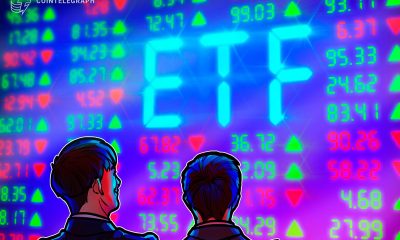
 Blockchain7 days ago
Blockchain7 days agoBlackRock’s IBIT Ranks 6th in ETF Flows Despite Negative Returns – Crypto News
-
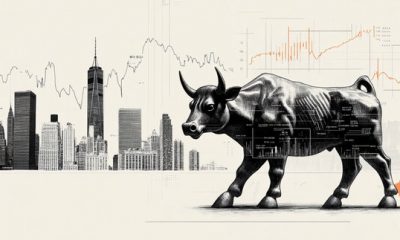
 others7 days ago
others7 days agoElliott Wave, seasonality, and cycles indicate more upside – Crypto News
-

 others7 days ago
others7 days agoElliott Wave, seasonality, and cycles indicate more upside – Crypto News
-
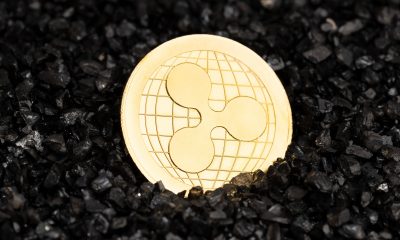
 Blockchain7 days ago
Blockchain7 days agoWhy XRP Price Is Playing Catch-Up Despite Successful ETF Launch: Analyst – Crypto News
-
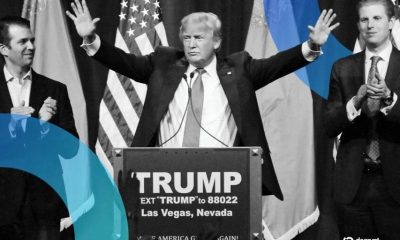
 Cryptocurrency6 days ago
Cryptocurrency6 days agoCrypto Industry Must Make Progress Before Trump Leaves Office: Etherealize Co-Founder – Crypto News
-

 Cryptocurrency6 days ago
Cryptocurrency6 days agoCrypto Industry Must Make Progress Before Trump Leaves Office: Etherealize Co-Founder – Crypto News
-

 Blockchain6 days ago
Blockchain6 days agoBlockchain and AI Vibe-Coding To Dethrone Amazon Web Servies: Crypto exec – Crypto News
-
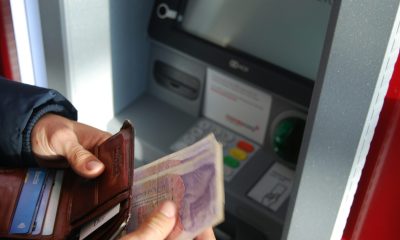
 Blockchain6 days ago
Blockchain6 days agoBanks Need XRP To Be Pricier—Here’s Why A Finance Expert Says So – Crypto News
-
Business6 days ago
Breaking: Rep. Max Miller Unveils Crypto Tax Bill, Includes De Minimis Rules for Stablecoins – Crypto News
-

 Cryptocurrency6 days ago
Cryptocurrency6 days agoBitcoin Breaks a 10-Year Correlation With Stocks What Past Cycles Signal for 2026 – Crypto News
-

 Cryptocurrency6 days ago
Cryptocurrency6 days agoBhutan plans to fund Gelephu Mindfulness City using national Bitcoin reserves – Crypto News
-
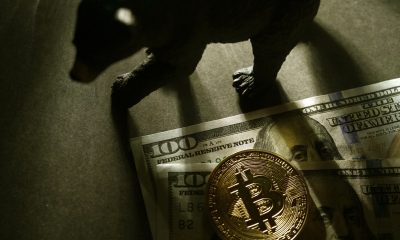
 Blockchain6 days ago
Blockchain6 days agoAnalyst Explains Bitcoin Price Path To $70K: Why This Level Might Be Inevitable – Crypto News





